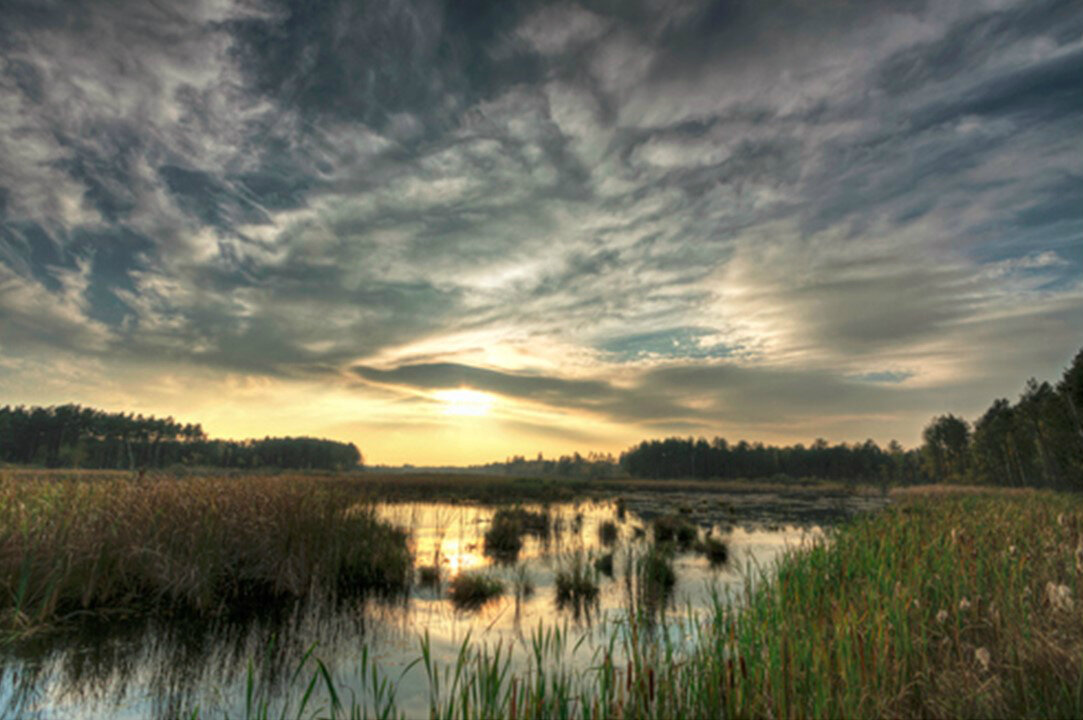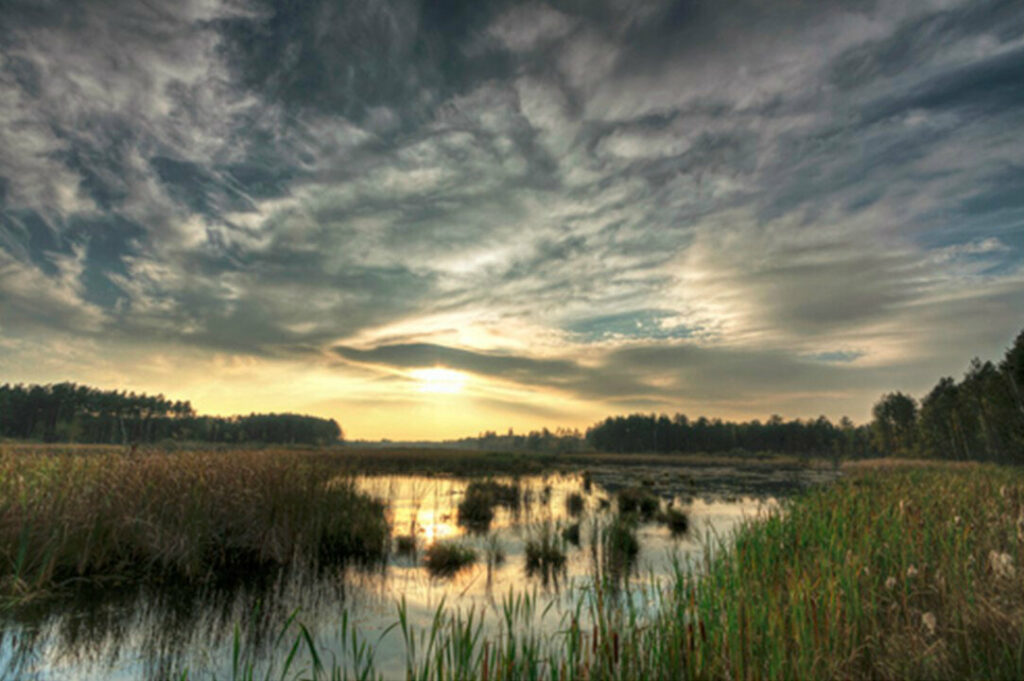“That’s not a wetland, it’s dry!” For many people it may be hard to visualize wetlands in grassland ecosystems as they can be dry for most of the year. Although they may not be holding water during all months of the year, wetlands play an important role in mitigating floods and droughts by storing and slowly releasing water, as well as improving water quality by filtering out nutrients and contaminants. They also provide important habitat for migratory and breeding waterfowl, amphibians, and many diverse plant species. Wetlands are particularly important in Alberta, with approximately 20% of the province covered by wetlands and it is estimated that Alberta’s wetlands are host to some 400 species of plants.
It’s time to value wetlands! Today is World Wetlands Day (WWD). It is a day to raise awareness about the important role wetlands play for people and our planet. World Wetlands Day is celebrated every year on February 2nd. The theme of this year’s WWD is wetlands and water. The 2021 WWD campaign highlights the important role wetlands play in contributing quality freshwater to our planet and encourages all to take action to restore wetlands to stop the loss of freshwater.
Many of AJM’s clients have developments in and around critical wetland areas and AJM has a team of Wetland Specialists to help guide our clients through conserving, restoring and protecting Alberta’s wetlands. In honour of WWD, we would like to share 5 things you should know if your project has a pipeline crossing a wetland in Alberta:
5 Things You Should Know If Your Pipeline Crosses a Wetland
1. Avoidance: Pipelines should be routed to avoid wetlands whenever possible.
2. Notification: If a pipeline crosses a wetland, a Code of Practice (COP) Notification and Wetland Assessment Impact Form (WAIF) must be submitted to the Alberta Energy Regulator (AER) 14 days prior to construction. The WAIF is used to support temporary and low risk wetland activities regulated by Alberta Environment and Parks (AEP) and the AER. This form is used in place of the WAIR for permanent disturbance.
3. Boring: A WAIF is not required if a wetland is going to be constructed using trenchless techniques (i.e., the pipeline will be bored underneath the wetland with no surface disturbance), but a COP would still be required with the same 14-day notification period.
4. Assessment: WAIF assessments can be completed as a desktop analysis, but the Authenticating Professional may choose to complete a field assessment to identify, delineate and classify wetlands. Alberta Wetland Rapid Evaluation Tool – Desktop (ABWRET-D) results must be obtained from the AEP and attached to the WAIF. The completion of the ABWRET-D and WAIF package includes specific GIS mapping requirements that must be included with submission.
5. Crown-Claimable: On private land, any semi-permanent or permanent wetland requires Public Lands Act Approval to determine if it will be claimed by the Crown as a permanent waterbody. If it is claimed, additional steps must be taken in the application process.
No pipeline? No problem! It’s common for many other types of development to encounter wetlands. Understanding the regulations and timelines associated with these situations is critical to ensuring projects can move forward with as little disruption as possible. For more information, check out our Field Notes post: Wetland on Your Lease Site? Or, if you are looking for additional resources, please take a look at the helpful links below. AJM is here to support you with all your wetlands needs!

Alberta Wetland Policy
Alberta Wetland Application Checklist
Alberta Wetland Classification System
Alberta Wetland Identification and Delineation Directive
Alberta Wetland Assessment and Impact Report Directive
Alberta Wetland Mitigation Directive
Guide for Assessing Permanence of Wetland Basins
Alberta Wetland Rapid Evaluation Tool – Actual (ABWRET-A) Guide
Alberta Wetland Rapid Evaluation Tool – Desktop (ABWRET-D) Fact Sheet
Code of Practice for Pipelines and Telecommunication Lines Crossing a Water Body
https://www.qp.alberta.ca/1266.cfm?page=PIPELINE.cfm&leg_type=Codes&isbncln=9780779771714
